
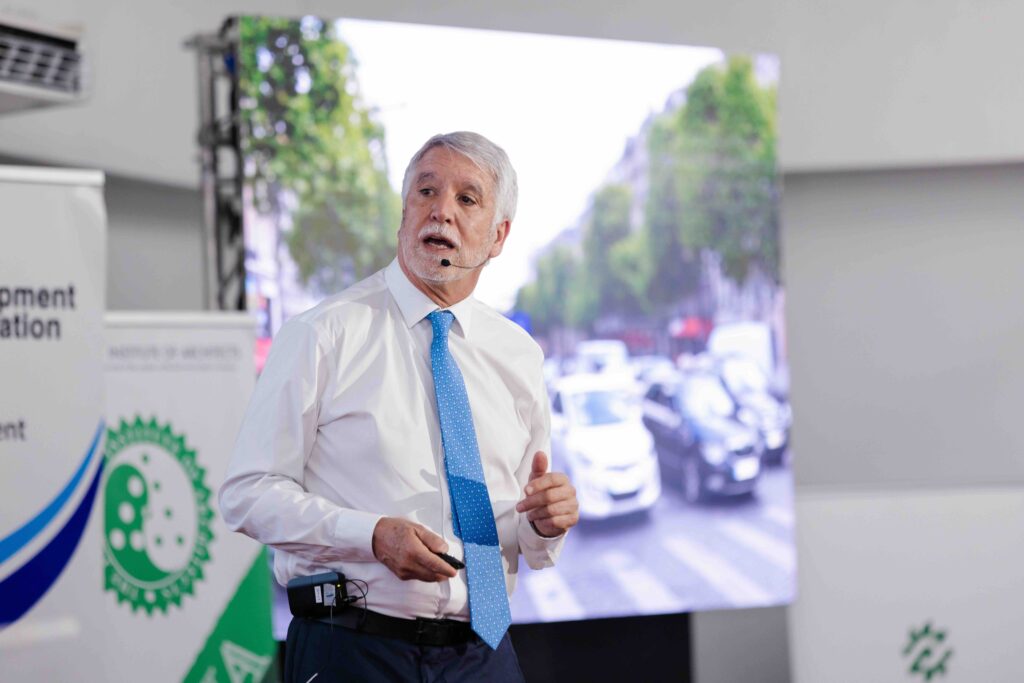
I thoroughly enjoyed my recent visit to Kingston, invited by the Pan Jamaica Group for this year’s Maurice Facey Lecture. Kingston is uniquely situated, flanked by the Caribbean Sea and the lush Blue Mountain range, making it one of the most beautiful locations in the world. Trees of various sizes and shades of green thrive effortlessly, accompanied by an abundance of flowers, butterflies, and birds.
Kingston holds the potential to become one of the world’s most vibrant cities, capable of fostering happiness, retaining its best youth, and attracting both tourists and investors.
However, it must develop as a cohesive city rather than an archipelago of car-dependent, low-density suburban areas. Its traditional centre, downtown Kingston, although lively, is in a state of decay.
Many people visit for work, shopping, or leisure, and while the area boasts charming historic buildings, many are in disrepair. There are numerous empty lots and buildings in poor condition which should be replaced. Nevertheless, downtown Kingston has the potential to draw new residents and businesses with its vibrant markets, deteriorated yet beautiful architecture and exceptional waterfront.
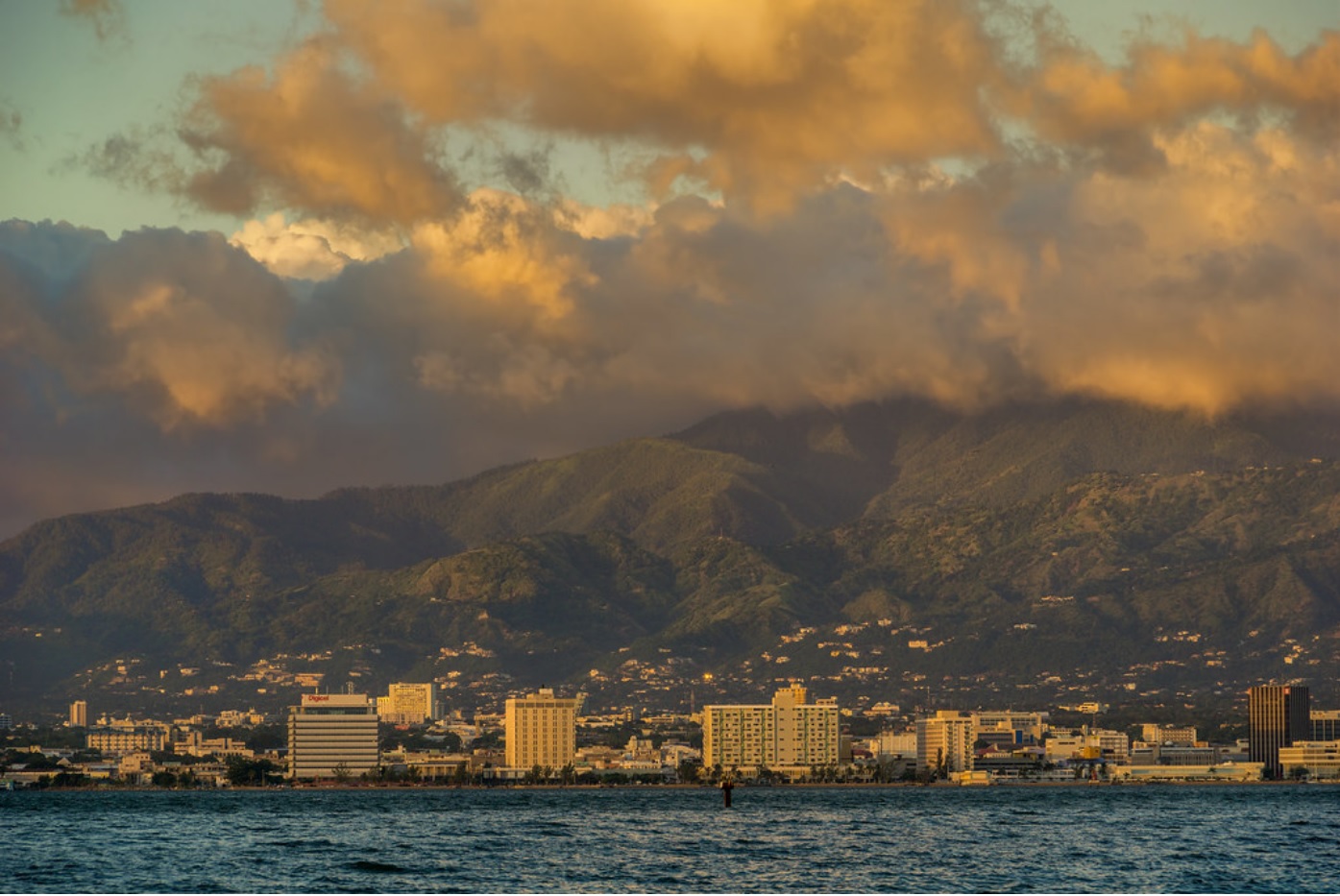
Making Kingston a world-class city is possible, but challenging. It will require political leadership, community involvement, and private investment. Persuasion will be key, but some conflicts and
unpopular decisions will likely be unavoidable.
The first step should be to improve sidewalks by reconstructing and widening them, as well as removing parking spaces that encroach on pedestrian pathways. Parking areas carved from sidewalks should be converted back into pedestrian walkways. Parking is not a constitutional right, and the Government is not obligated to provide it, especially not in public spaces.
For example, the sidewalks on King Street should be expanded to reclaim space currently used for parking. Improved lighting is also essential.
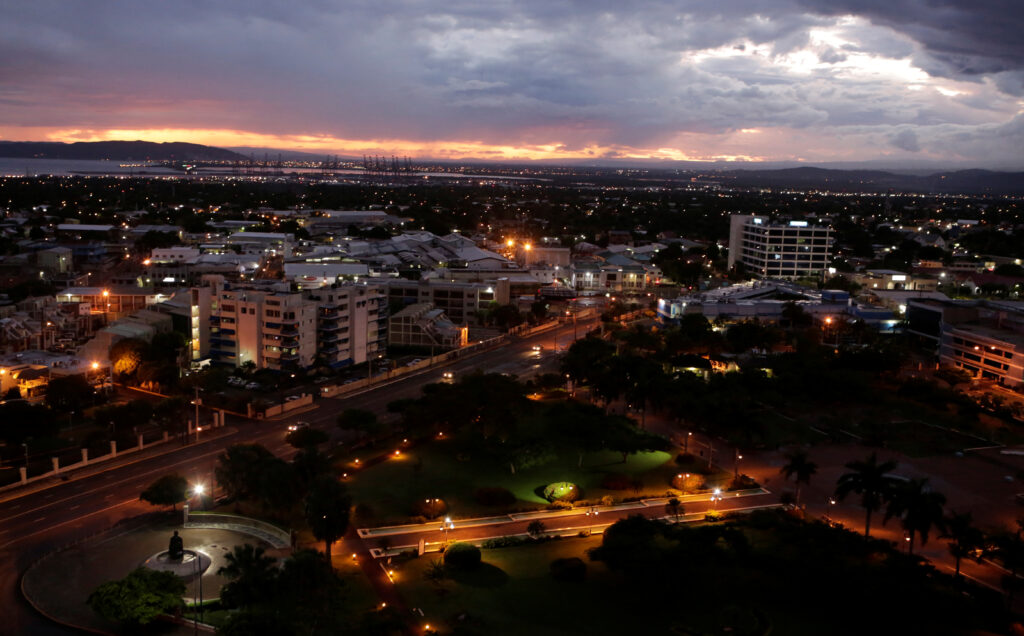
Newly constructed buildings should not have parking on the first floor, as this forces pedestrians to navigate around parked cars or walk along blind walls, which is both unpleasant and unsafe. Ground floors should feature windows, apartments, or shops to enhance safety and attractiveness in public spaces.
A network of protected bikeways can be established, and all new urban and suburban roads
should include high-quality sidewalks and physically protected bikeways.
While Kingston’s parks are mostly majestic and contemplative, many could better serve as community hubs and attract more visitors if they featured well-lit synthetic soccer fields, playgrounds, and even skate parks. For instance, the National Heroes Park is underdeveloped and underutilised. During my visit, I saw only an unremarkable parking lot used by the Ministry of Finance. Additionally, I heard concerning reports of potential public building projects on park grounds, which would be a sacrilegious misuse of public space.
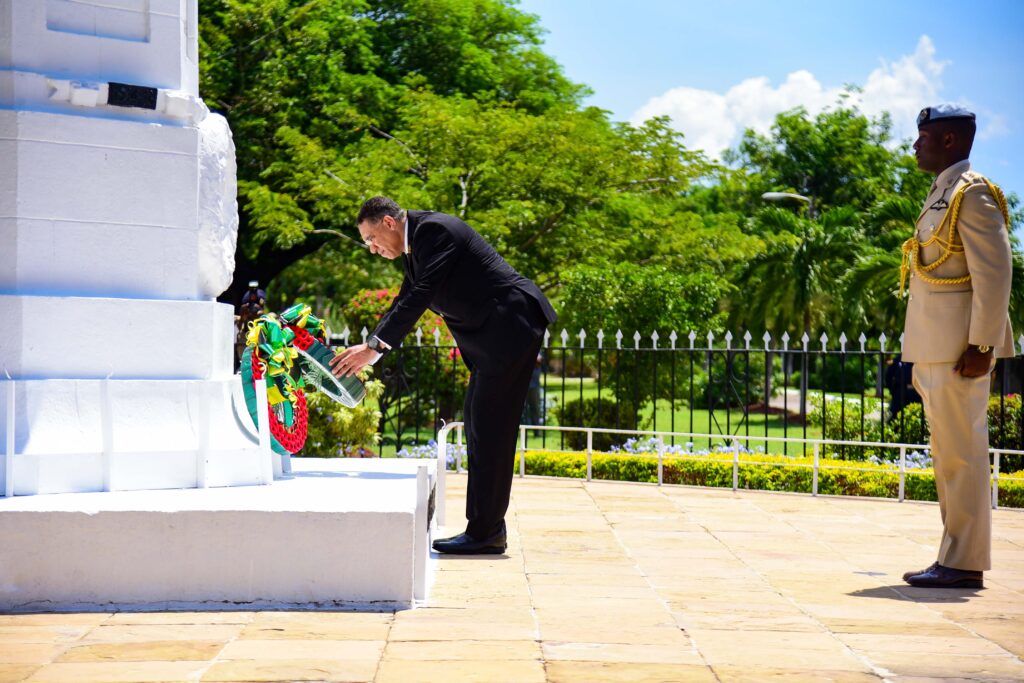
Arguably, the most transformative project for Kingston would be redeveloping its waterfront into
a world-class attraction. Currently, it is neither appealing nor widely valued by Kingstonians. In
many places, the view is obscured by bushes, and there is even a jail and a large, unused bus
parking lot situated there.
The absence of large buildings along much of the waterfront provides an opportunity for a
significant public-private partnership. The project could involve acquiring properties to relocate
Norman Manley Boulevard, which runs parallel to the waterfront, one block inland. This would
allow for the construction of large buildings with views of a pedestrian-only waterfront between
them and the water. Property owners who are displaced could be compensated with apartments
in the new waterfront buildings.
In some sections, existing buildings are located on the north side of the road. These structures would need to be acquired and removed for the collective benefit of Kingston’s residents, particularly those of lower income.
To realise this vision, financial, legal, engineering, and architectural studies should be initiated, ideally at the prime ministerial level. An international architectural design competition could be held, with participants collaborating with local architects and universities.
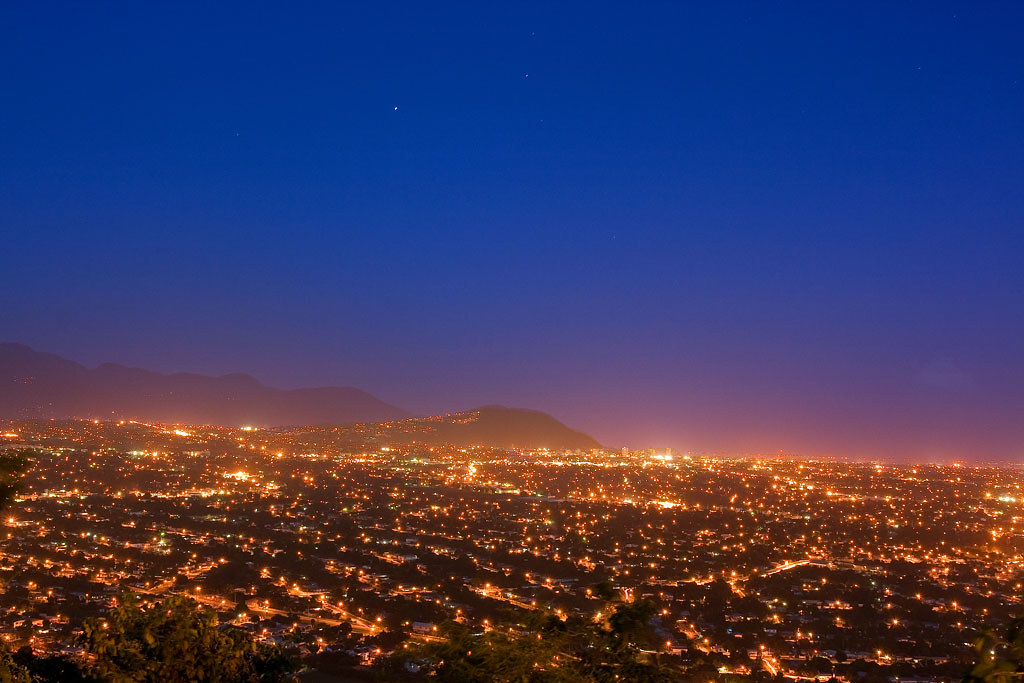
Kingston could also implement a high-quality, bus-based mass transit system. However, to maximise its potential, increased population density is necessary, which would be supported by projects such as those mentioned above.
Other creative and ambitious projects could be considered, such as a wide, tree-lined pedestrian promenade that accommodates bicycles, extending for dozens of kilometres around urban areas and connecting to the waterfront.
I look forward to Kingston’s transformation in years to come.
About the author: Enrique Peñalosa, the former mayor of Bogotá, Colombia, and an urban development expert was last year’s keynote speaker for the annual Maurice Facey Lecture hosted by the Pan Jamaica Group and C.B. Facey Foundation.




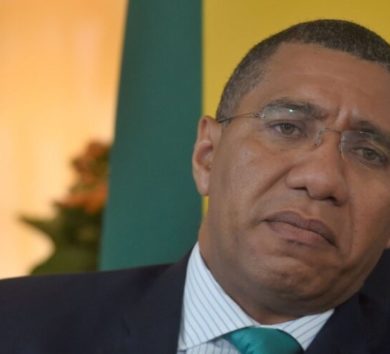
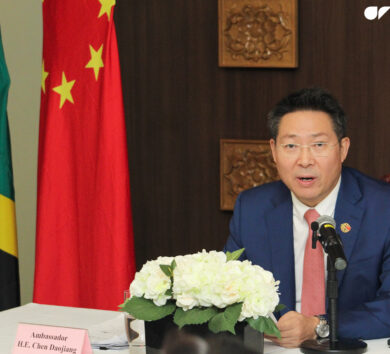
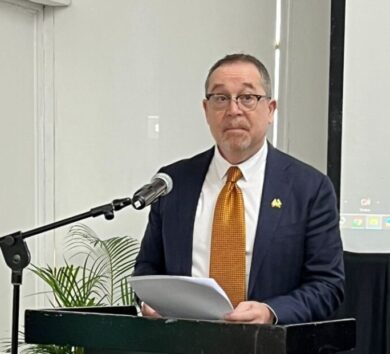
Comments